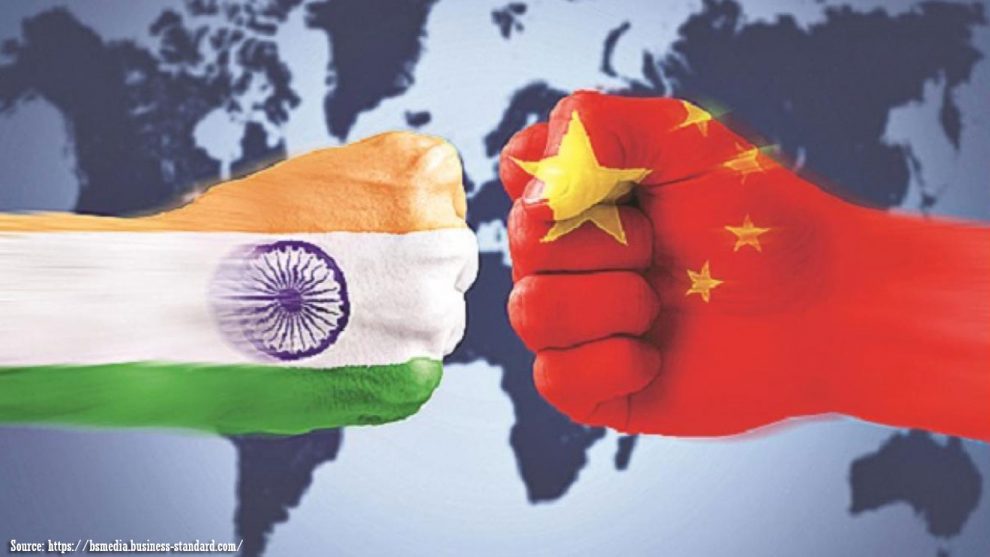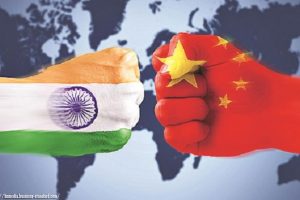India has pledged to “avenge the blood” of its soldiers in an increasingly tense border conflict with China, as troop movements grow.
China’s military started its border build-up in mid-April while the world, including India, was diverted with the worsening COVID-19 crisis.
New Delhi became angry when the People’s Liberation Army (PLA) forces trespassed into the Indian border at various points in late April and early May, in what local media defined as “a well-planned operation.”
China had suddenly gathered troops, built bunkers, and established “other fortifications,” heading to a “violent clash” in the Pangong Tso region on May 5 and 6 that left several soldiers on both sides badly injured.
Pangong Tso is one of several areas of build-up along the disputed stretch of border, which has been a root of contention for decades.
But tensions have risen lately due to the construction of a 255-kilometre road on the Indian side, with three dozen bridges presenting strategic links – for business and trade, New Delhi insists, but also apparently for military movements.
A Nervous Wait
Overnight, troops on both sides made complex movements back from standoff points along the LAC, especially in the Galwan and Hot Springs areas of Ladakh.
However, there have been no indications of retreat from either side in the critical and volatile Pangong Tso region.
The border area has long been disputed, with a bloody war between China and India erupting in 1962.
A period of relative peace that developed has been obstructed on several occasions in past years with trivial conflicts and political stoushes.
But various points along the LAC are heavily militarised on both sides.
A New Dynamic
Relations between India and China have worsened over the past decade as New Delhi sought to firm up its ties with Washington.
Beijing’s attempts to restore ties with India’s old foe Pakistan also created the shaky friendship to sour.






Add Comment